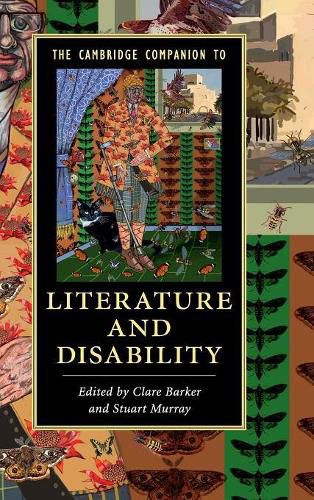Readings Newsletter
Become a Readings Member to make your shopping experience even easier.
Sign in or sign up for free!
You’re not far away from qualifying for FREE standard shipping within Australia
You’ve qualified for FREE standard shipping within Australia
The cart is loading…






This Companion analyzes the representation of disability in literatures in English, including American and postcolonial writing, across all major time periods and through a variety of critical approaches. Through the alternative ideas of mind and embodiment generated by physiological and psychological impairments, an understanding of disability narrative changes the way we read literature. With contributions from major figures in literary disability studies, The Cambridge Companion to Literature and Disability covers a wide range of impairments, including cognitive difference, neurobehavioral conditions, and mental and chronic illnesses. This book shows how disability demands innovation in literary form and aesthetics, challenges the notion of a human ‘norm’ in the writing of character, and redraws the ways in which writing makes meaning of the broad spectrum of humanity. It will be a key resource for students and teachers of disability and literary studies.
$9.00 standard shipping within Australia
FREE standard shipping within Australia for orders over $100.00
Express & International shipping calculated at checkout
This Companion analyzes the representation of disability in literatures in English, including American and postcolonial writing, across all major time periods and through a variety of critical approaches. Through the alternative ideas of mind and embodiment generated by physiological and psychological impairments, an understanding of disability narrative changes the way we read literature. With contributions from major figures in literary disability studies, The Cambridge Companion to Literature and Disability covers a wide range of impairments, including cognitive difference, neurobehavioral conditions, and mental and chronic illnesses. This book shows how disability demands innovation in literary form and aesthetics, challenges the notion of a human ‘norm’ in the writing of character, and redraws the ways in which writing makes meaning of the broad spectrum of humanity. It will be a key resource for students and teachers of disability and literary studies.